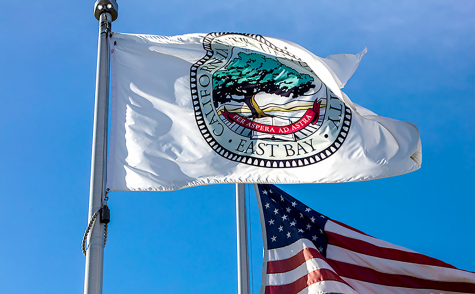East Bay wildlife scorched by the drought
As California’s drought enters its fourth year and citizens scramble to meet the demands of Governor Jerry Brown’s statewide water restrictions, wildlife experts say the natural habitats of Bay Area wild animals are also at high risk, in ways that could adversely affect residents.

As food and water supply for Bay Area animals diminish, those animals will likely begin moving more into urban areas to find the resources they need, according to Wendy Winstead, recreation coordinator for the Sulfur Creek Nature Center, a wildlife rehabilitation center in Hayward.
“Because of the drought, trees aren’t receiving enough water or rainfall to produce berries and acorns, which eliminates a food source for small rodents,” Winstead said. “Animals are scavengers, so they will go where there’s food, so we may see an increase of small animals in urban settings look for food as the drought continues.”
January was one of the driest winters on record in the Bay Area, according to the National Weather Service. California’s freshwater relies heavily on runoff from different mountain ranges, which is essential for residents and wildlife, and the drought has drastically affected freshwater sources.
“If the fresh water source goes, then everything that lives in the bay will die,” said Linden Rayton, naturalist at the Hayward Shoreline Interpretive Center. “The birds that eat the fish, the foxes that eat the birds, and the larger animals that eat the foxes.”
As of April 1, the Sierra Nevada snowpack was at a record low, according to the California Department of Water Resources. An early-April snowpack measurement determined that the snowpack water content stood at 1.4 inches: extremely far below the 28-inch average.
The State Water Resources Control Board announced their preliminary recommendations Tuesday for meeting Gov. Brown’s restriction, including a 20 percent cut in water usage from the Alameda County Water District and a 10 percent cut in water usage in Hayward, according to the New York Times.
Both Rayton and Winstead explained as the drought persists, there are several animals right here in the East Bay that will have to find new homes where there is a larger water source or they might go extinct to the area. They explained that as of today, the following list of animals has already started to experience the effect of the drought.










